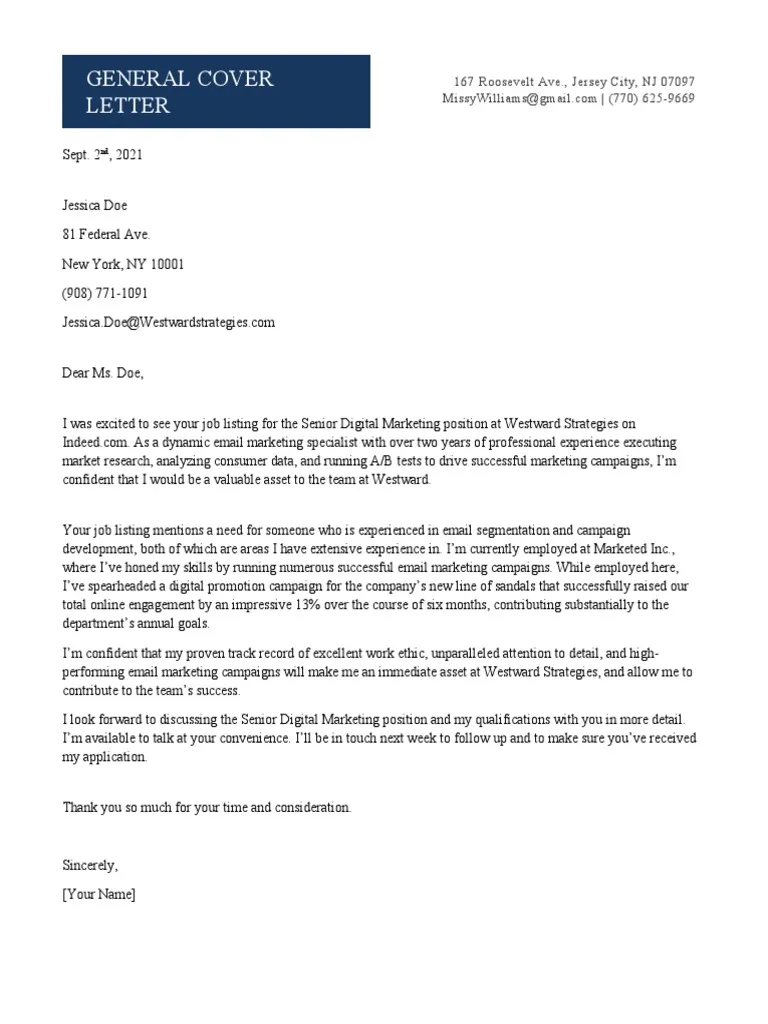What is a Cover Letter for a General Job?
A cover letter for a general job is a concise document that accompanies your resume when applying for a wide range of positions where the specific job requirements are broad or not clearly defined. Unlike a cover letter tailored to a specific role, this type focuses on your transferable skills, overall qualifications, and enthusiasm for the opportunity to contribute to the company. It’s your chance to articulate your suitability for a position that may not have a strictly defined job description, highlighting your ability to learn quickly, adapt to new situations, and add value to any team. A well-crafted cover letter should clearly state your career goals and show how your skills and experience align with the employer’s needs, even if the specific job is less defined than a specialized position.
Why is a Cover Letter Important?
In today’s competitive job market, a cover letter is crucial for making a strong first impression. It allows you to showcase your personality and express your genuine interest in the role, which a resume alone often fails to do. For general jobs, a cover letter demonstrates your versatility and ability to adapt to different tasks and responsibilities, setting you apart from other candidates. It offers an opportunity to explain any gaps in your resume or highlight any unique skills or experiences that may not be immediately apparent from your work history. Additionally, it allows you to reiterate your interest in the company and the broader scope of the potential job and to explain what aspects of the company and the role excite you the most. Employers often view cover letters as an essential part of the application process, looking for evidence of a candidate’s writing skills, communication abilities, and overall fit with the company culture.
Key Components of a General Job Cover Letter
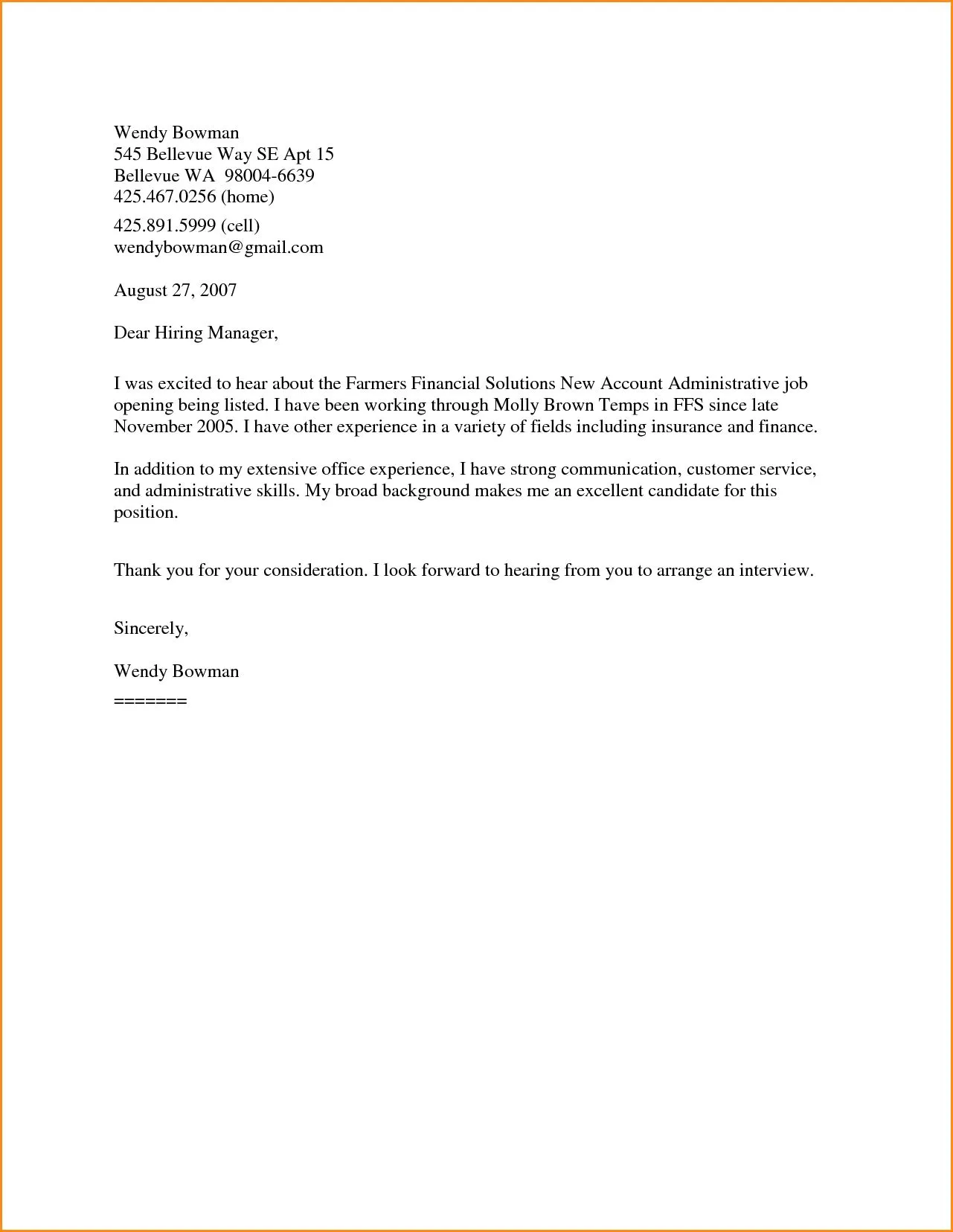
A well-structured cover letter should include several key components to effectively communicate your qualifications. Begin with your contact information and the date, followed by the hiring manager’s information, if available. Next, use a professional salutation and write an engaging opening paragraph to grab the reader’s attention. The body of the letter should highlight your relevant skills and experience, including both hard and soft skills. Quantify your achievements whenever possible to demonstrate your impact in previous roles. Tailor the letter to the specific company and the general job you’re applying for, showing that you understand their needs and values. Address any gaps in your resume transparently and express your enthusiasm for the opportunity. Conclude with a strong closing paragraph, a complimentary close, and your signature. Finally, meticulously proofread and edit your letter for any grammatical errors or typos.
Your Contact Information and Date
Start your cover letter by including your contact information at the top left or right corner. This should include your full name, phone number, email address, and LinkedIn profile URL (if applicable). Below your contact information, add the date of the cover letter. This immediately provides the hiring manager with essential details about how to reach you and when the letter was written. Ensuring this is accurate and up-to-date is crucial for easy communication and demonstrates attention to detail, which is an important quality to showcase when applying for a general job. Properly formatting this section not only looks professional but also makes it easier for the recruiter to contact you for any future updates or communications regarding your application.
The Hiring Manager’s Information
If you know the name of the hiring manager, address the cover letter directly to them. This shows that you’ve taken the time to research the company and personalize your application, which can significantly increase your chances of getting noticed. If the hiring manager’s name isn’t readily available, try to find it on the company’s website, LinkedIn, or by calling the company’s HR department. If you’re unable to find a specific name, use a professional salutation, such as “Dear Hiring Manager” or “Dear [Company Name] Hiring Team”. Including this section adds a personal touch and demonstrates initiative, both highly valued qualities in a general job applicant.
The Salutation
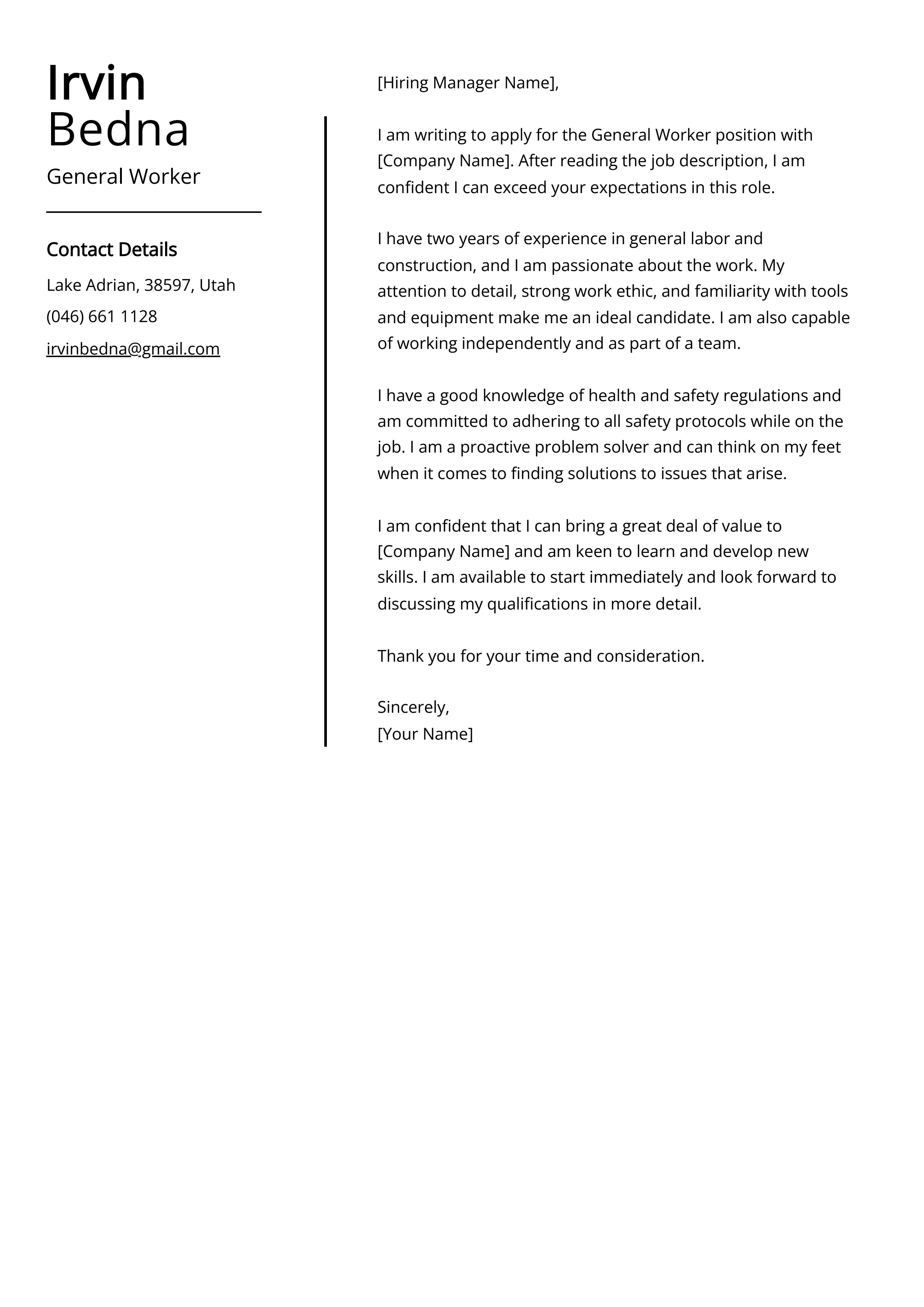
The salutation sets the tone for your entire letter, so it’s essential to get it right. If you know the hiring manager’s name, use “Dear Mr./Ms./Mx. [Last Name]”. This shows respect and professionalism. Avoid using informal greetings like “Hi” or “Hello”. If you don’t know the hiring manager’s name, use a professional alternative such as “Dear Hiring Manager” or “Dear [Company Name] Hiring Team.” This is still a professional way to begin your letter and indicates you’ve put in effort even if you couldn’t find a specific name. The correct salutation makes your cover letter sound professional and shows that you are considerate and thoughtful, which are vital for general job seekers.
Writing the Opening Paragraph
Your opening paragraph is your first opportunity to grab the reader’s attention. Start by stating the position you are applying for, even if it’s a general job, and where you saw the job posting (if applicable). Briefly mention your enthusiasm for the opportunity and the company, and immediately state why you’re a strong fit. Highlight one or two key skills or experiences that align with the company’s needs, demonstrating that you have the relevant qualifications from the very start. Keep the opening concise, engaging, and focused on what you can offer the employer. This paragraph should draw the reader into the rest of your letter and make them want to learn more about your qualifications and what you can bring to the role and the company.
Highlighting Your Skills and Experience
The body of your cover letter should expand on your qualifications and showcase your most relevant skills and experiences. When applying for a general job, focus on transferable skills that can be applied in various roles, such as communication, problem-solving, teamwork, and adaptability. Describe your past experiences, even if they are not directly related to the specific job, and explain how those experiences have prepared you for a versatile role. Provide specific examples to demonstrate your abilities and quantify your achievements whenever possible. Tailor this section to align with the company’s values and the general requirements of the job. This makes it clear to the hiring manager how your skills and experience align with the needs of the employer, even if the job responsibilities are not explicitly defined.
Showcasing Your Soft Skills
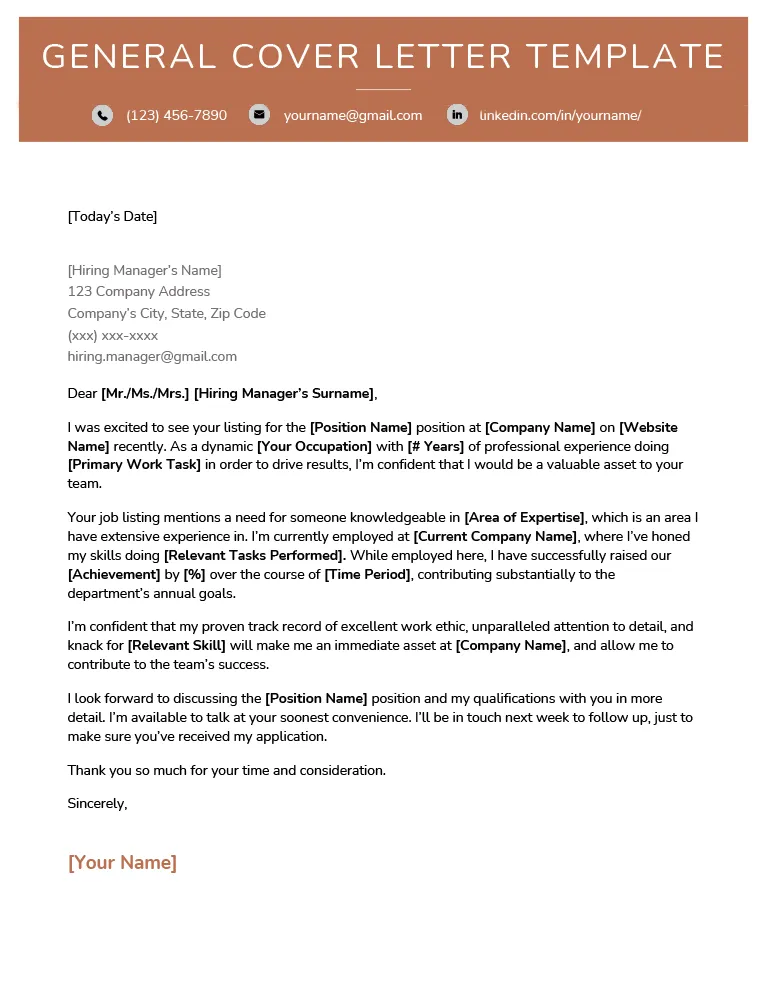
Soft skills are crucial in a general job as they represent your ability to interact and work effectively within a team and company culture. Highlight your communication, interpersonal, and problem-solving skills by providing real-life examples. For example, describe how you resolved a conflict in a previous role, collaborated with a team to achieve a goal, or adapted to a challenging situation. Emphasize your ability to learn quickly, take initiative, and be a team player. Showcasing these soft skills in your cover letter demonstrates your adaptability and your potential to be a valuable asset in a wide range of roles. It will help show the hiring manager how well you fit into their work culture and whether you can work well in a team and contribute to its success.
Quantifying Your Achievements
Quantify your achievements whenever possible to make a stronger impact on the hiring manager. Instead of simply saying you “improved customer service,” state that you “increased customer satisfaction scores by 15%.” Use numbers, percentages, and specific data to illustrate your accomplishments. This will make your cover letter more compelling and concrete, providing the hiring manager with tangible evidence of your abilities. For instance, if you managed projects, mention the number of projects you managed or the budget you oversaw. If you improved efficiency, describe the percentage by which you reduced errors or improved turnaround times. Quantifying your achievements proves your value and shows what you are capable of and how you can contribute to a company.
Tailoring Your Cover Letter
Even for a general job application, tailoring your cover letter is essential. Research the company and understand its values, mission, and current goals. Adjust the language and examples in your letter to reflect what the company is looking for in an employee. If the job posting emphasizes teamwork, make sure to highlight your team-related experiences. If the company values innovation, share instances where you demonstrated creativity or problem-solving skills. Tailoring your cover letter shows that you understand the company’s needs and that you’re genuinely interested in the opportunity. It demonstrates your ability to adapt and your willingness to go the extra mile. This will make your application more relevant and improve your chances of getting hired.
Addressing Any Gaps in Your Resume
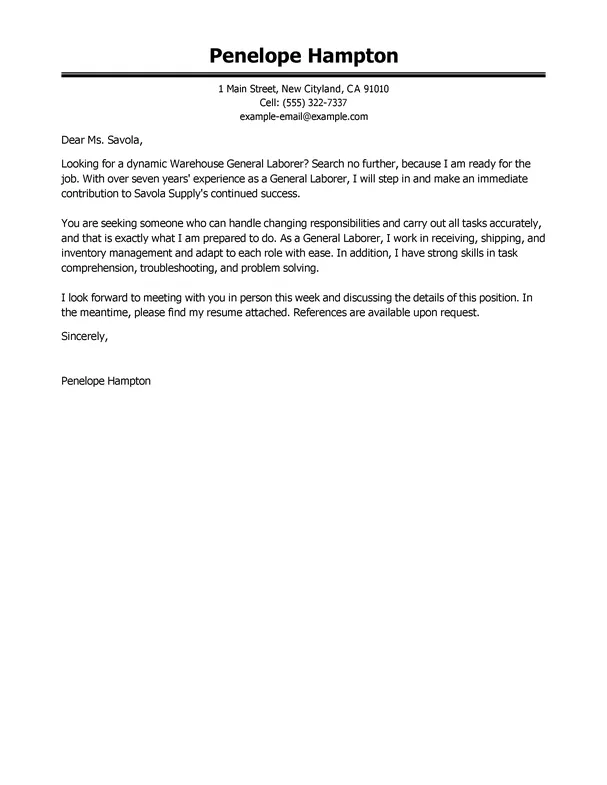
If there are any gaps in your resume, such as periods of unemployment or changes in career paths, it’s important to address them transparently in your cover letter. Provide a brief, positive explanation for the gap, such as taking time off for personal development, pursuing further education, or volunteer work. Frame the situation positively, focusing on what you learned or how you utilized that time to develop new skills. Avoiding the gaps is not ideal; addressing them directly demonstrates honesty, integrity, and your ability to navigate challenges. By addressing these gaps proactively, you can prevent the hiring manager from speculating about the reasons behind them and ensure a more favorable perception of your application. A simple, honest explanation can often alleviate any concerns and keep your application in consideration.
Expressing Your Enthusiasm and Fit
Express your genuine enthusiasm for the company and the general job opportunity. Describe what specifically interests you about the company, its mission, or its work. Show that you’ve researched the company and understand its values. Explain why you believe you are a good fit for their culture and team. Highlight your excitement about contributing to the company’s success and your willingness to learn and grow within the role. The more you express your enthusiasm, the more likely you are to make a lasting impression on the hiring manager. Your excitement can set you apart from other applicants and show your potential commitment to the company. Demonstrate your eagerness and your passion to contribute to the company’s growth and success.
Writing a Strong Closing Paragraph
Your closing paragraph should reinforce your interest in the position and express your gratitude for the hiring manager’s time and consideration. Reiterate your key skills or experiences, emphasizing how they align with the company’s needs. State your eagerness to learn more about the opportunity and reiterate your enthusiasm for the role. Include a call to action by stating your availability for an interview and providing your contact information again. The closing should be positive, confident, and focused on what you can bring to the table. This final paragraph reinforces your interest and makes it easy for the hiring manager to take the next step in the application process.
The Complimentary Close
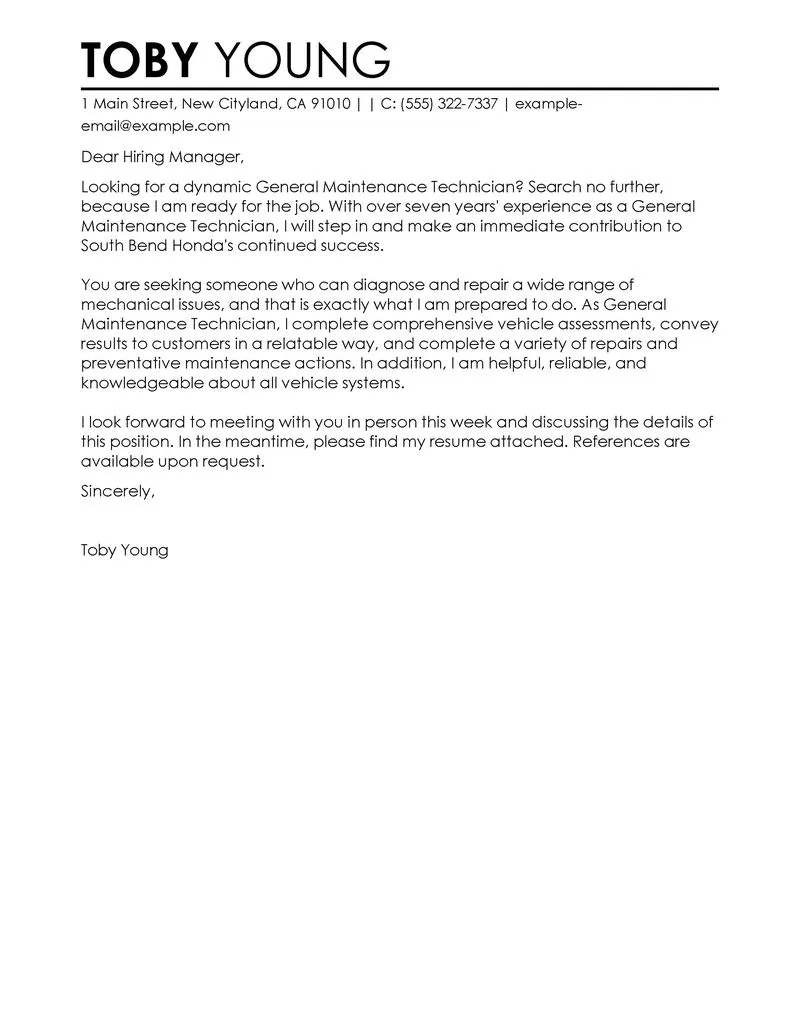
Use a professional and appropriate complimentary close. Options include “Sincerely,” “Best regards,” or “Thank you for your consideration.” Avoid informal closures such as “Cheers” or “Best.” Your closing should match the tone of the rest of your cover letter and leave a positive impression. Ensure that your closing paragraph is grammatically correct and is followed by your typed name and signature (if submitting a hard copy). A correct complimentary close shows respect for the hiring manager and adds to the overall professionalism of your letter. This reinforces your commitment and shows you’ve put thought and care into the whole application process.
Proofreading and Editing
Before submitting your cover letter, proofread and edit it meticulously. Check for any grammatical errors, typos, or formatting inconsistencies. Ensure that your sentences are clear and concise and that your language is professional and error-free. Read your cover letter aloud to catch any awkward phrasing or mistakes. Consider having a friend, family member, or career counselor review your letter to provide feedback and identify any areas for improvement. A polished cover letter demonstrates attention to detail and shows that you take your application seriously. Proofreading your cover letter is critical; these errors are a quick way to undermine your credibility, so be sure to catch and correct them before sending your application.
Formatting Your Cover Letter for General Job
The formatting of your cover letter should be professional and easy to read. Use a standard font such as Times New Roman, Arial, or Calibri, in a size between 11 and 12 points. Set your margins to 1 inch on all sides. Use single spacing within paragraphs and double spacing between paragraphs. Align the text to the left, and avoid using justified text. Use clear headings and bullet points to break up large blocks of text and make your cover letter more visually appealing. Keep your cover letter concise, ideally no more than one page. A well-formatted cover letter is easier to read, demonstrates professionalism, and increases the likelihood that your application will be considered favorably. Ensuring proper formatting and readability ensures that the hiring manager can quickly grasp your qualifications and key skills.
